
From the greenhouse to your home, a guide to poinsettias
3 Minute Read
In this article, we outline the process of growing poinsettias, organic pest control methods used in the greenhouse, and tips for maintaining their health at home.Poinsettias are an instantly recognisable seasonal plant with dark green leaves and leafy red ‘bracts’ that are commonly used to decorate the home at Christmas, and difficult to keep alive after the festivities have ended.
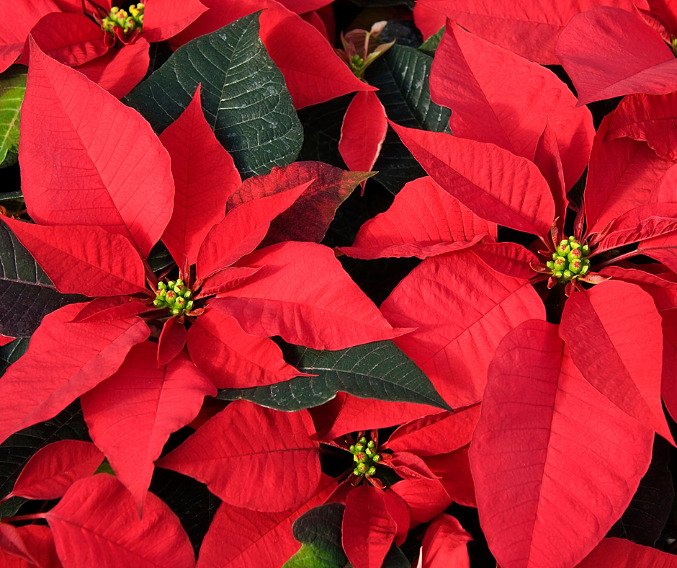
Are poinsettias grown in the UK?
Most poinsettias come to the UK between July and early August as small, rooted plants (plugs) taken from larger stock plants a few weeks earlier. The smaller, ‘mini’ poinsettias start their life in September.
Plugs are immediately potted into larger pots and carefully watered from above to encourage fresh root growth into the new pot and compost. Once roots are seen at the base of the pots, overhead irrigation is stopped, and they are either sub-irrigated (from below) or a drip line is inserted into each pot. Keeping the compost dry at the surface is an environmentally safe way to control sciarid flies, algae and liverworts that grow on the surface of wet compost.
4 to 6 weeks after potting the top, 3 to 5 cm of growth is pinched out, individually by hand and removed, this encourages side shoots that form the branches of the finished plant; most growers aim for 5 ‘heads’ per plant.
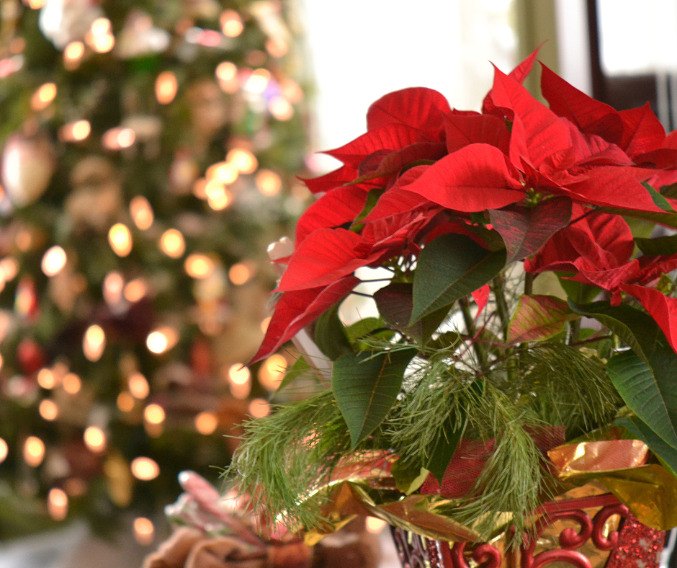
Pest problems when growing poinsettia
Poinsettia are susceptible to sciarid flies during their early stages of growth, particularly when they are irrigated from overhead. To counter this pest, which can burrow into the soft plant stem and kill it, growers routinely drench the compost with a nematode called Steinernema feltiae. These nematodes enter the sciarid larvae, kill, and reproduce to provide excellent control over a 4 to 6 week period; usually sufficient for the plants to establish.
Whitefly is another serious pest problem when growing poinsettias, particularly if the Bemisia tabaci is found. This whitefly can spread several plant viruses and are notifiable to the APHA (Animal and Plant Health Agency) who will instigate an eradication notice which means the nursery must be completely free of the whitefly before plants can be dispatched.
To assist with whitefly control, many nurseries grow aubergine plants that are positioned throughout the growing area. Aubergines are attractive to pest species and are good host plants for a polyphagous predator called Macrolophus pygmaeus. These predators are introduced to young aubergines when the first purple flowers appear. As soon as an insect or mite pest arrives on the aubergine, the Macrolophus pygmaeus turns into a voracious predator.
Growers also introduce a mix of minute parasitic wasps that insert their egg into the young larval stages of whitefly, these are introduced on cards that hang on the plants from which the adults emerge and fly around the crop hunting for whitefly.
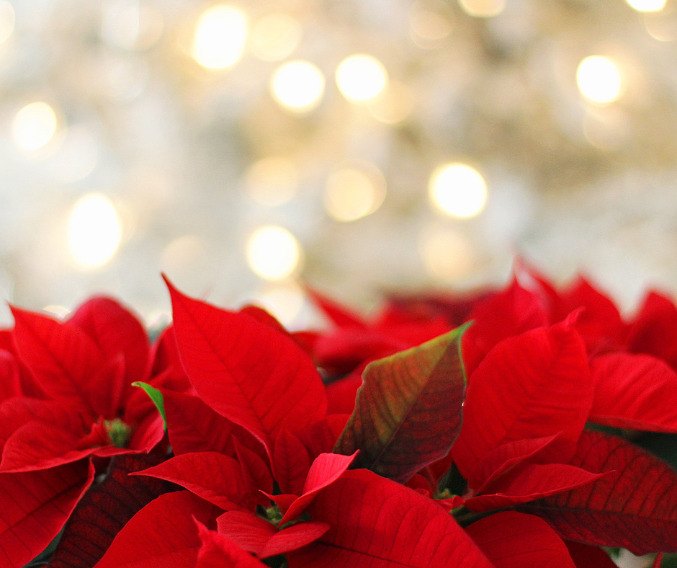
Caring for your poinsettias at home
• Poinsettias are sensitive to cold weather. If buying your poinsettia from a garden centre or supermarket, avoid those that have been displayed near a door and check for signs of wilting leaves as this is a main indicator that they have been stored in conditions that are too cold for their survival.
• On the journey home, take care to ensure that your poinsettia is well protected, and its delicate leaves aren’t exposed to freezing temperatures. Make sure it is wrapped up or covered by a plastic bag and avoid leaving your poinsettia in the car for longer than necessary.
• Do not expose Poinsettia to cold drafts, this will cause the green leaves to drop. Try to maintain an even temperature, between 13-15ºC, away from windows, doorways and open fireplaces.
• Do not overwater - Stand the plant in a saucer or bowl of water for an hour so the compost soaks up as much water as needed, quickly drain and pop back into its container. (always keep the plastic pot on the plant).
• Once a month add a few drops of tomato feed to the water, this will provide additional nutrition to keep the plant healthy and they should last well past Easter.
Related products

Organic Pest Control
Organic pest controls are easy and safe to apply creating excellent levels of environmentally friendly pest control.SHOP NOW
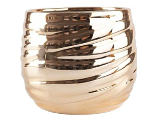
DecorativePots
We stock a range of decorative pots and planters to suit any garden, patio or decking area.SHOP NOW
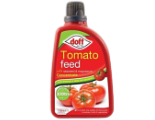
Tomato Feed Concentrate
Use tomato food on crops in the greenhouse or in grow bags under cover or outdoors.shop now

Christmas gifting range
Our Christmas range has everything you need for the gardener in your life including tools, secateurs and gloves.shop now
Comments (0)
Why not be the first to send us your thoughts?
